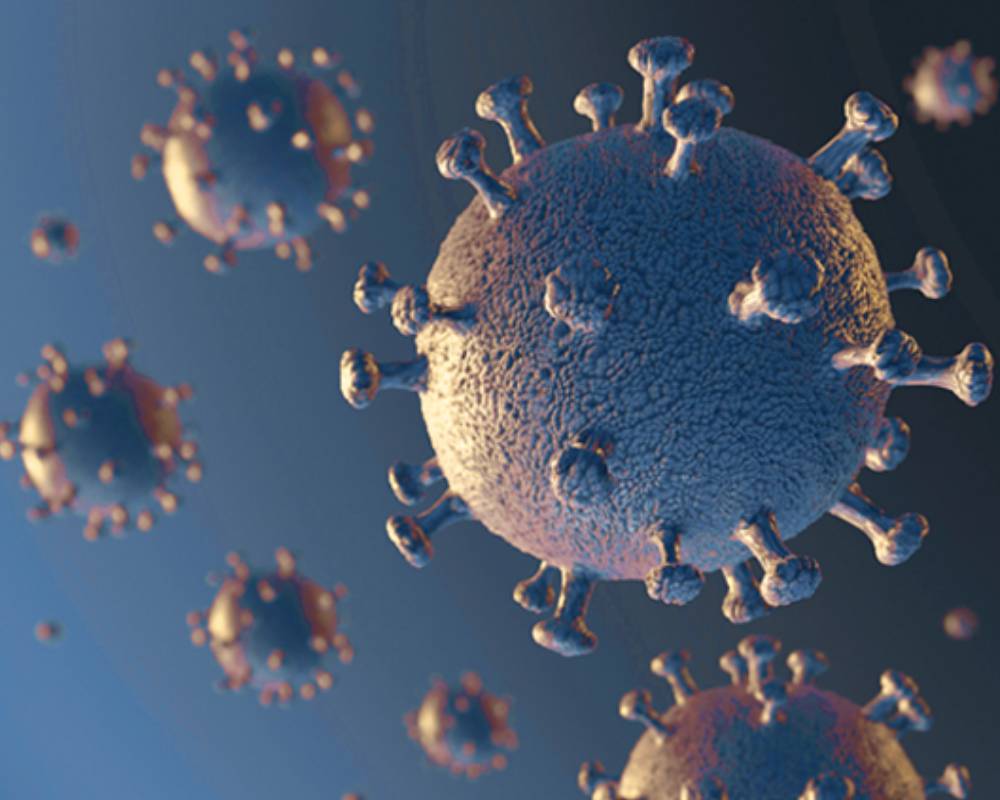Governor Hogan Press Conference – January 5, 2021
- Maryland has allocated 270,150 doses have been deployed to every hospital in Maryland, to all 24 local health departments, to CVS and Walgreens for nursing homes and to support the vaccination of front-line workers at the state’s federal facilities, and health care workers who work in Washington, D.C., as part of Phase 1A, which represents 98.7% of doses from the federal government.
- Today, Maryland Department of Health data indicated 76,916 vaccinations have been administered in the state to date.
- 163,225 doses were sent to every Maryland hospital, which have administered 55,941 doses, which is 34.3%.
- To date, the state deployed 35,200 doses to every county health department to vaccinate their vaccinators, EMTs and first responders. Local health departments have administered 11,401 doses, which is 32.4%. Five counties have already used 80% or more of their allocations to date, including Howard, Montgomery, St. Mary’s, Calvert and Caroline counties.
- 61,425 doses were sent directly through the Federal Pharmacy Partnership to CVS and Walgreens, which have a federal contract to administer vaccines in all 227 Maryland nursing homes. So far, they have completed 8,503 doses, just 13.8%.
- 1.27% of the state’s population have received vaccination.
- Beginning Wednesday, the National Guard will begin to dispatch emergency vaccination teams across the state to assist local health departments with their clinics.
- Teams of 14 guard members will assist with administering vaccines and providing logistical support for vaccination clinics.
- Through the Maryland Responds Medical Reserve Corps, the state identified 700 people who are ready and willing to assist with administering vaccines. That information will be provided to county health departments.
- To address reporting lag issues, the Governor issued an Executive Order that requires all providers in Maryland to report data to ImmuNet within 24 hours after vaccines are administered.
- MDH issued an order that states any facility that has not administered at least 75% of its total first dose allocation may have their future allocations reduced until they can prove their ability to meet capacity requirements.
- Maryland is adopting a rolling vaccine allocation model. The state will no longer wait before all the members of a particular priority group are completed before moving on to the next group.
Phase 1A:
-
- The Governor announced that the state has expanded Phase 1A populations: All licensed, registered and certified health care providers anywhere in the state are now eligible for vaccination.
- Vaccinations will also soon be underway for all law enforcement agencies, correctional officers and frontline judiciary staff. Phase 1A represents more than 500,000 Marylanders.
Phase 1B:
-
- Maryland’s new Phase 1B will now include all Marylanders over the age of 75.
- Phase 1B will include special needs group homes, high-risk inmates, developmentally disabled populations, continuity of government vaccinations, as well as teachers, child care and education staff.
- This revised Phase 1B now includes approximately 860,000 more Marylanders. Based on the current rate of allocation, state officials anticipate Maryland being able to move into Phase 1B by the end of January.
- The Maryland State Department of Education will begin coordinating with county school systems to get teachers and critical staff vaccinated during Phase 1B.
Phase 1C:
-
- Maryland’s new Phase 1C includes all Marylanders aged 65 to 74 and workers in additional critical sectors including grocery stores, public transit, agricultural production and manufacturing.
- Phase 1C now includes another 772,000 Marylanders and the state expects to be able to move into this phase sometime in March.
Phase 2:
-
- Maryland’s newly updated Phase 2 will include Marylanders ages 16 to 64 who are at increased risk of COVID-19, as well as essential workers in critical utilities and other sectors. This includes another 1.1 million Marylanders.
- As of today, Maryland Department of Health data indicated the state recorded 289,758 coronavirus cases since the pandemic began. The state added 54 more deaths for a total of 5,913. The statewide positivity rate rose to 9.19%.
- As of today, 1,771 coronavirus patients are hospitalized. There are 410 patients in the intensive care unit.




